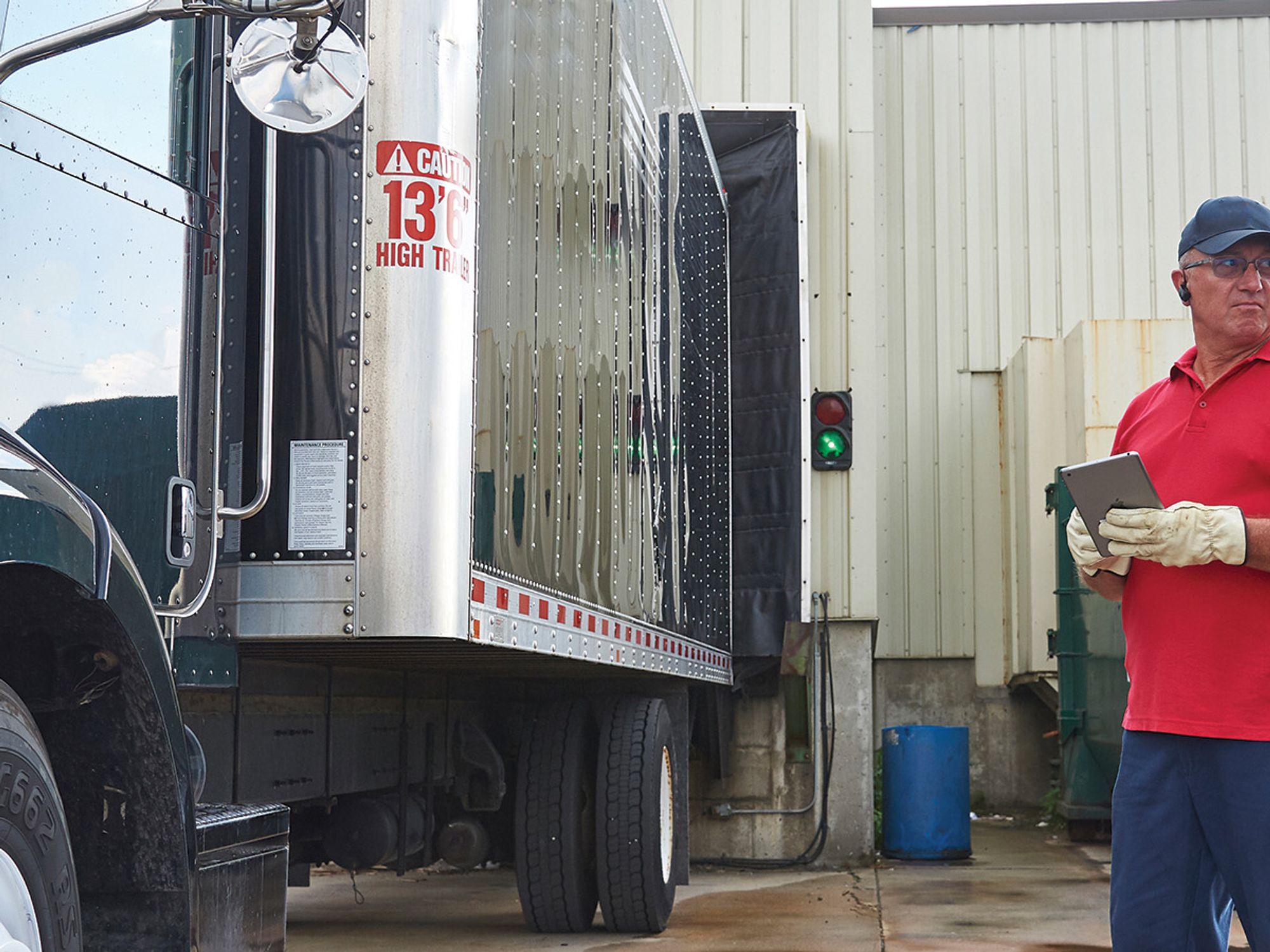Driver Vehicle Inspection Reports

- Officers can request any DVIRs in the driver’s possession and will check them for unresolved vehicle issues and the correct completion of any DVIR noting a defect.
- The officer will look for three signatures on the DVIR; the driver who conducted the post-trip inspection and noted the defect, the carrier official who oversaw the repairs or decided the repair was not necessary, and the next driver to pre-trip the vehicle.
In the next step of the roadside inspection, the officer will ask the driver for a Driver Vehicle Inspection Report (DVIR). The regulations do not require the driver to carry previous DVIRs, but an officer can request any DVIRs in the driver’s possession. The officer will check for:
- Unresolved vehicle issues, such as defects noted that were not repaired; and
- Proper completion of any DVIR noting a defect.
If a DVIR indicated a defect and the defect has not been addressed, this could be an issue. If the driver and carrier have been knowingly operating the vehicle with a defect that affects the safety of the vehicle, the officer could write a violation with a significant fine.
If the driver noted a defect and it was addressed, the officer will expect to see three signatures on the DVIR, including that of:
- The driver who conducted the post-trip inspection and noted the defect on the DVIR,
- The carrier official who oversaw the repairs or decided the repair was not necessary, and
- The next driver to pre-trip the vehicle.
Officers are not surprised when the same driver’s name appears in all three spots. This is a common occurrence when the carrier operates assigned equipment, and the driver either oversaw or did the repairs.
